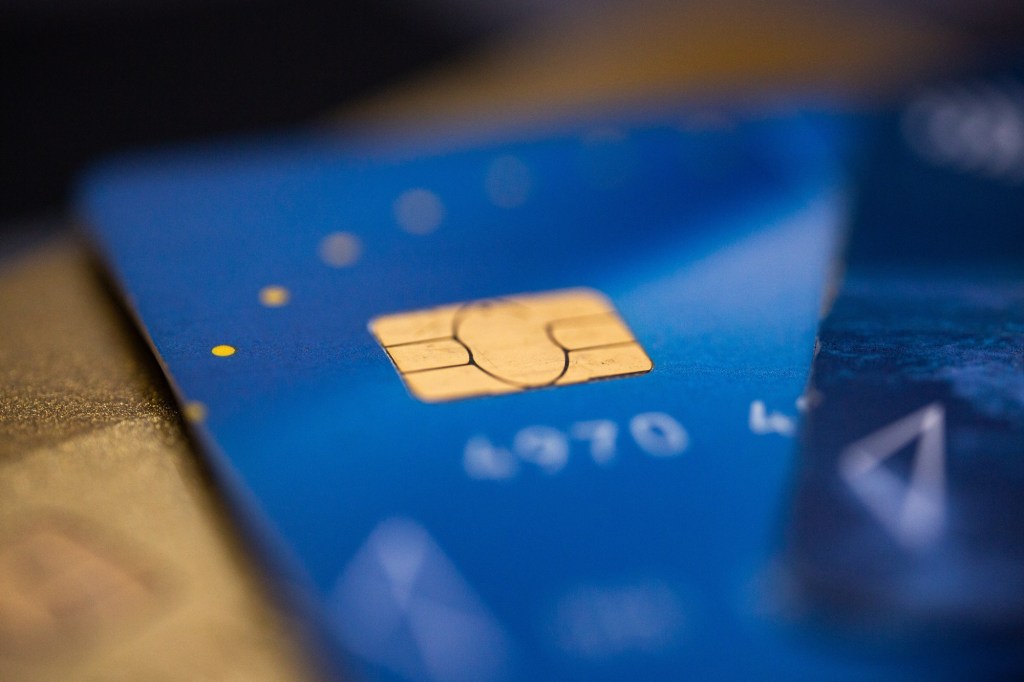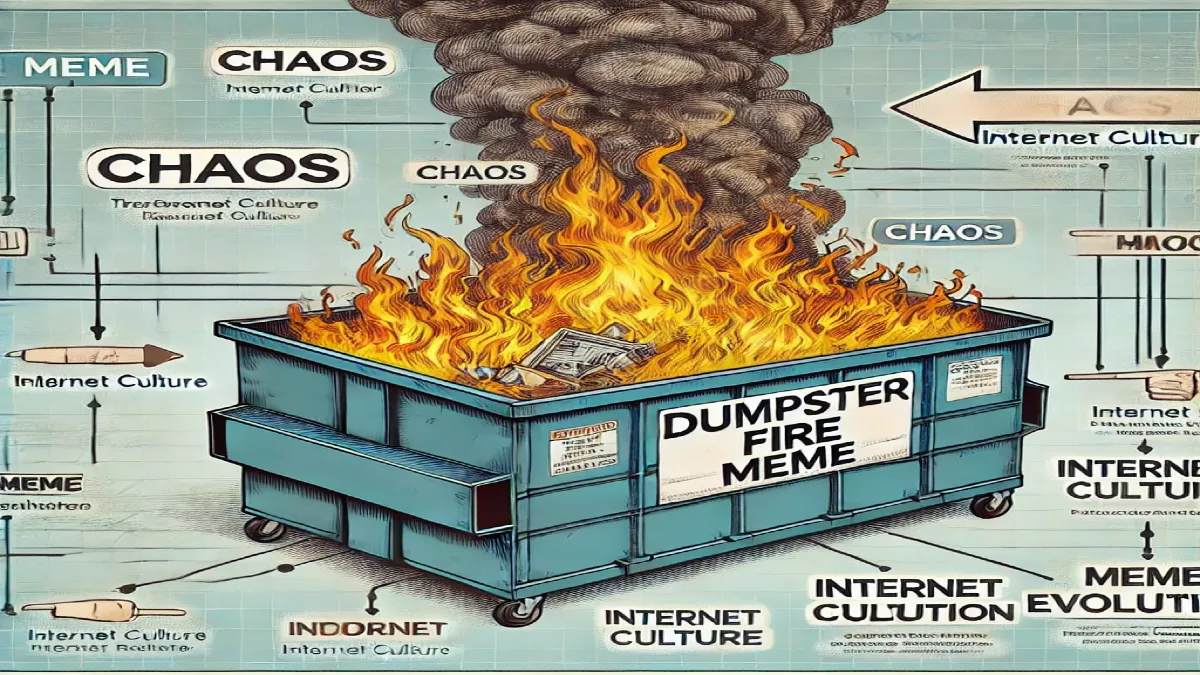
By Fanto Omojola, Nerdwallet
It may not seem “futuristic” these days to dive or touch a credit card instead of sliding it, or keeping a cell phone on a payment terminal to cover its grocers.
But in the United States, you just have to return about 10 years or so, before EMV chips and TECHNOLOGY WITHOUT CONTACT It became a standard in credit cards: finding a different world, where those characteristics now common would have been perceived as unusual, confusing and potentially insecure.
Much has changed in credit card technology since 2015, although the average card holder has proven to be a fast study.
“American consumers have adapted significantly well to these innovations,” said Seth Perlman, head of the Global Product of I2C Inc., a global provider of banking and payment solutions. He added, however, that “the process has not been exempt from challenges.”
Leaving the learning curves aside, many obstacles that were expected widely never materialized for card holders and, with the benefit of retrospective, now they seem a bit silly.
Mugar wasn’t so hard
A remarkable advance of the card in the United States during the last decade was the proliferation of cards enabled for EMV. Those initials represent Europe and Mastercard and Visa, the companies that developed technology. Introduced as a way to mitigate credit card fraud, EMV chips card to use the old method of sliding a card that data stored in a magnetic strip on the back.
EMV chips had already been in wide use in other parts of the world; Europe, for example, already knew technology. But Emv really did not begin to luck in the US. Uu until 2015. And a big question was: “Will the card holders know what to do now in the registry?” Starting by hand. Flow diagrams were created.
But it turns out that we immerse ourselves calmly. From 2022, 69% of all cards issued were enabled for EMV, and 93% of all global physical card transactions used EMV chip technology, according to EMVCO data, which manages EMV technology.
“As merchants updated their point of sale systems and card issuers refined technology, consumers quickly He got used to it To the greatest security and tranquility that EMV provides, ”said Perlman.
NERD POINT The adoption of EMV technology was also promoted by a “change of responsibility”, which meant that with the advent of technology, card issuers were no longer the only ones responsible for card fraud. Rather, the responsibility for fraudulent transactions became the responsibility of the party that did not support EMV, which means, in many cases, the merchant. Therefore, companies were motivated to implement this change and replace their point of sale systems to protect themselves.
Go ‘without chip and pin’ became painless, especially
During those first years of use of EMV in the US, a common chorus was that Americans probably needed to carry a card with “chip and pin” capabilities when they were traveling abroad. That was due to a difference in how card holders verified their identity at the point of sale.
In the USA, he went down or touched his card and then signed his name (At least sometimes). But in Europe and other places, he immersed his card and then often entered a pin. That could, for a while, have been problematic for US card holders, who generally do not have PIN and, therefore, they could not have been able to verify their identity in, for example, an automated trains kiosk in a different country. The concern was frequent enough for some card emitters to used to announce “chip and pin” as a travel card benefit.
But Technology has reachedAnd the international acceptance of “chip and signature” and PIN cards is quite extended today. Even the unattended terminals will generally support transactions without requiring a “CVM” or a card verification method.
Relationly, many US payment terminals. It no longer requires a signature at all.
It is still advisable to pack an extra card when traveling internationally. But that is more to protect against the loss or theft of your main payment method, or as a backup in case the merchant does not accept their American Express or Discover card. That is It is still a thing.
Paying with your phone? Easy call
Mobile walletsVirtual card numbers, and buy now, paying subsequent applications were not especially frequent in 2015. But the use of such digital payment technologies has accelerated in the last decade, partly driven by the desire for payment options without Contact during COVID -19 Pandemia.
Today, 92% of consumers in the US Report .
That does not mean that it has been a soft path. The adoption of the consumer is one thing, but some data suggest that companies have been slower to adjust. In a study of commercial services of 2024 conducted by JD Power, for example, only 57% of small businesses in the US .
Nor does it mean that consumers had no initial trepidation on digital payments. Questions abound: Can it be really sure to pay with a cell phone? Will I not miss the rewards of my credit card when I use this method?
In truth, paying with a mobile wallet is quite safe thanks to the process of Tokenizationwhich protects the real credit card number of a card holder and, on the other hand, sends encrypted data that are exclusive to each payment.
And while at the beginning there may be some hiccups in terms of winning credit card rewards through a mobile wallet payment, now it is especially a problem. In fact, these days many credit cards actively encourage the use of mobile wallets, offering bonus rewards when you choose to pay that way.
In the same way, the convenience of the moment Virtual Credit Cards (also known as immediate access to your credit line) and the flexibility of buying now, subsequent payment services have proven popular characteristics for consumers.
“The impulse towards electronic commerce … It has been something that has been mutually beneficial for merchants, issuers and card holders,” said Brian Riley, director of credit advice and risks at Javelin Strategy & Research, a firm of Financial Services Research.
Fonto omojo writes for Nerdwallet. Email: fomojola@nerdwallet.com.
The article As credit technology evolved, some possible hypo never happened originally appeared in Nerdwallet.
Originally published:



